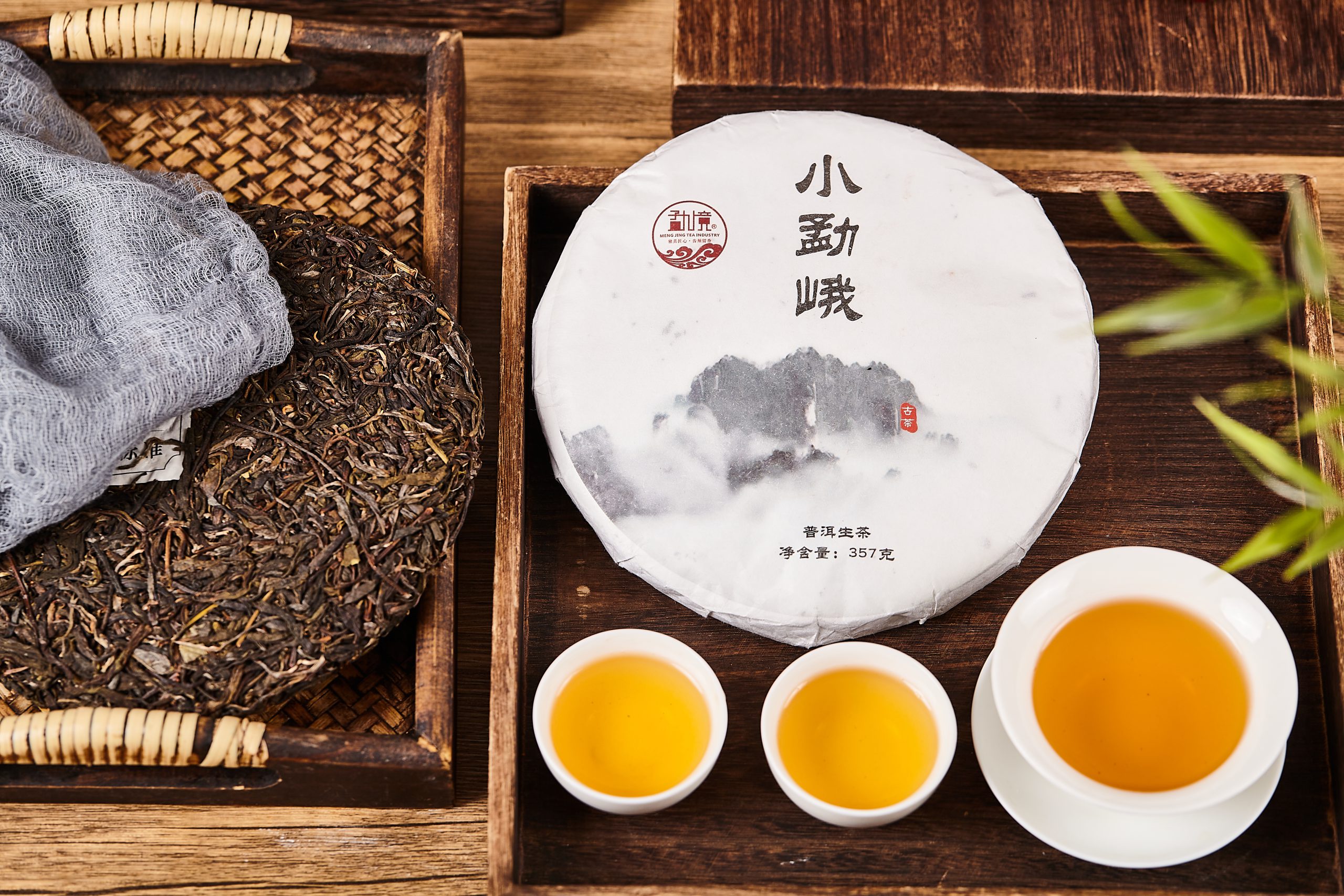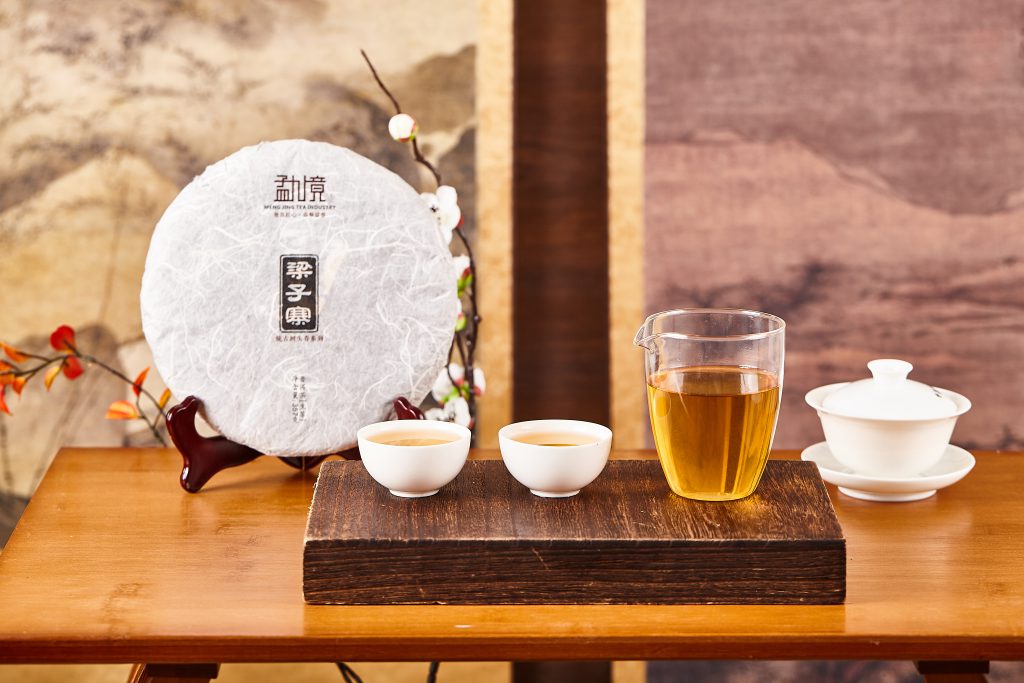Your cart is currently empty!

Pu-erh tea, a distinctive tea product originating from Yunnan Province in China, carries a long history and rich cultural connotations. Made from the large-leaf species of Camellia sinensis, it has evolved and developed over time, becoming a prominent feature in the Chinese and global tea markets.
Origins and Legends
The origin of Pu-erh tea is closely linked to the indigenous peoples of Yunnan. Archaeological research suggests that as early as the third century BCE, residents of Yunnan began planting tea trees and consuming tea leaves.Among the legends surrounding Pu-erh tea, the most influential is the tale of Kongming promoting tea cultivation. According to the “Annals of Pu’er Prefecture,” during the Southern Expeditions of the Shu Han Dynasty’s prime minister Zhuge Liang (Kongming), tea trees were allegedly planted by him in the Six Great Tea Mountains of Yunnan. Although this legend lacks conclusive historical evidence, it reflects the Yunnanese people’s reverence for Zhuge Liang and their appreciation of Pu-erh tea.

Development and Spread
As a distinct tea variety, Pu-erh tea emerged during the Yuan Dynasty (1271-1368 CE). Historical records indicate that tea production and consumption in the Dali region of Yunnan had already begun during this period. Pu-erh tea gradually spread to other areas and reached its peak during the Ming and Qing dynasties. During the Ming Dynasty, tea-horse markets flourished in Yunnan, with Pu-erh tea becoming a significant commodity in tea-horse trade, traveling through tea routes and tea-horse trails to Tibet, Xinjiang, and beyond.
During the Qing Dynasty, Pu-erh tea was favored by the imperial court and became a tribute tea. The production techniques of Pu-erh tea were further refined and enhanced during this period. During the reign of Emperor Qianlong, a major tea factory in Pu’er City was owned by a Mr. Pu, renowned for producing high-quality round and tuo teas. These teas were exported to Tibet, Myanmar, and other regions, becoming a frequent destination for Tibetan tea merchants and often designated as tribute to the court.
Culture and Characteristics
Pu-erh tea is not just a tea; it is a culture. It embodies rich historical and regional cultures, serving as a unique geographical indication product of Yunnan. Made from sun-dried large-leaf tea from the major tea mountains along the Lancang River in Yunnan, Pu-erh tea undergoes post-fermentation processing to become loose-leaf and compressed teas. This unique production process gives Pu-erh tea its distinctive flavor and quality.
The culture of Pu-erh tea also extends to its tasting culture, storage culture, and health culture. Pu-erh tea becomes more fragrant with age, making the collection and aging of Pu-erh tea a cherished desire for many tea enthusiasts. Aged Pu-erh tea not only possesses rare qualities but also offers an extraordinary experience to those who taste it. Furthermore, Pu-erh tea boasts various health benefits, such as lowering blood lipids, aiding in weight loss, and nurturing the stomach, making it highly favored by consumers.
Modern Development
Today, Pu-erh tea has become a vital pillar industry in Pu’er City and surrounding areas in Yunnan Province. Pu’er City has prioritized the development of the tea industry as a crucial support for implementing rural revitalization strategies, issuing a series of policies and measures to promote the transformation and upgrading of the entire Pu-erh tea industry chain. In recent years, Pu’er City has actively responded to the Healthy China initiative, advancing the conversion to organic tea gardens, striving to offer consumers an ecological and organic Pu-erh tea.
With the acceleration of globalization and the dissemination of tea culture, the influence of Pu-erh tea is expanding. It is not only an important part of Chinese tea culture but also a bridge connecting China with the world. By understanding the historical origin and cultural connotations of Pu-erh tea, we can better appreciate this unique tea variety and feel the profoundness of Chinese civilization.
